The French Spaniel, one of the oldest spaniel breeds in existence, is celebrated for its remarkable versatility and endearing personality. Originating from France, this breed …
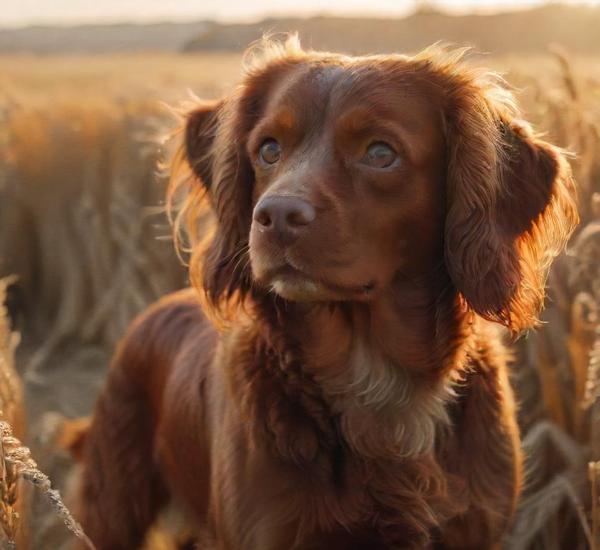
Happy Paws: All About Dogs

The French Spaniel, one of the oldest spaniel breeds in existence, is celebrated for its remarkable versatility and endearing personality. Originating from France, this breed …

The Estonian Hound, a breed deeply rooted in the rich tapestry of Estonian history, is an exemplary companion for hunting enthusiasts and families alike. Known …
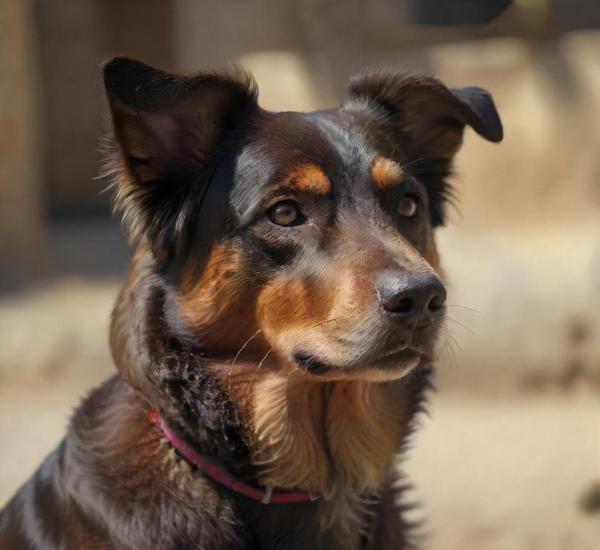
The Ca Me Mallorquí, often known as the Mallorcan Shepherd, is a captivating and relatively rare dog breed native to the Balearic island of Mallorca. …
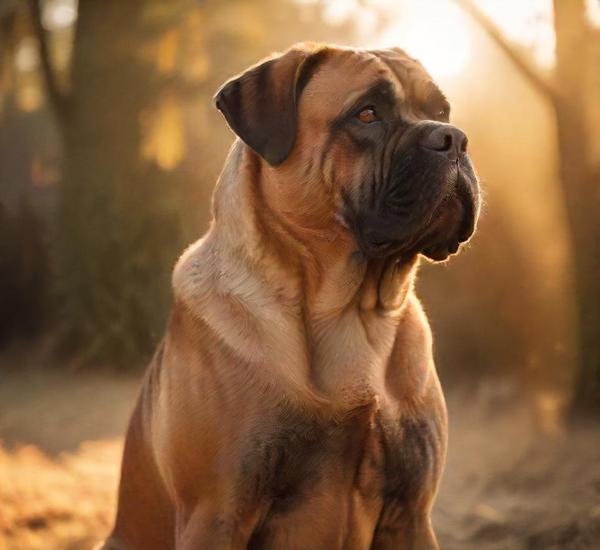
The Bullmastiff is a majestic and powerful breed, often recognized for its imposing presence and steadfast loyalty. Originally bred in England during the 19th century …
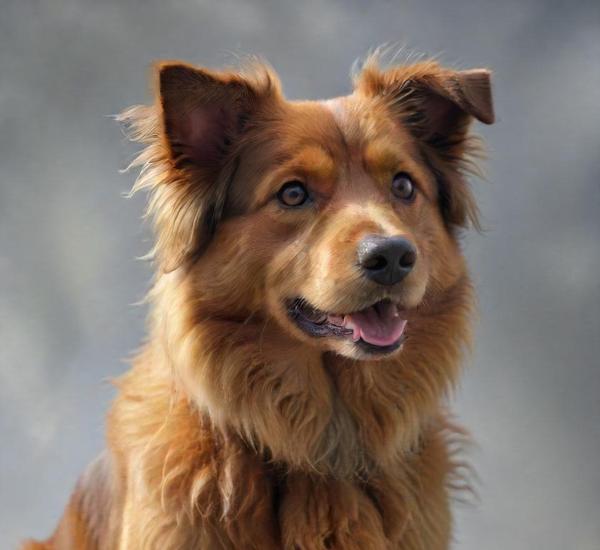
The Barbado da Terceira, a rare and captivating breed from the Azores, is a hidden gem in the world of canine companions. With its origins …
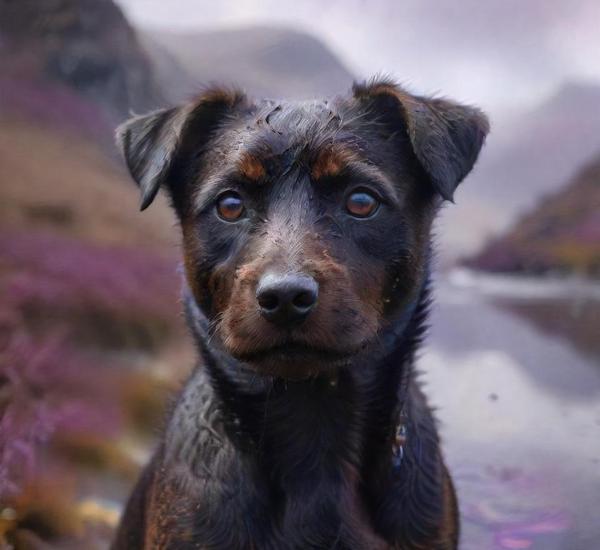
The Patterdale Terrier, a robust and energetic breed, is revered for its tenacity and spirited nature. Originating from the rugged terrain of Northern England, these …
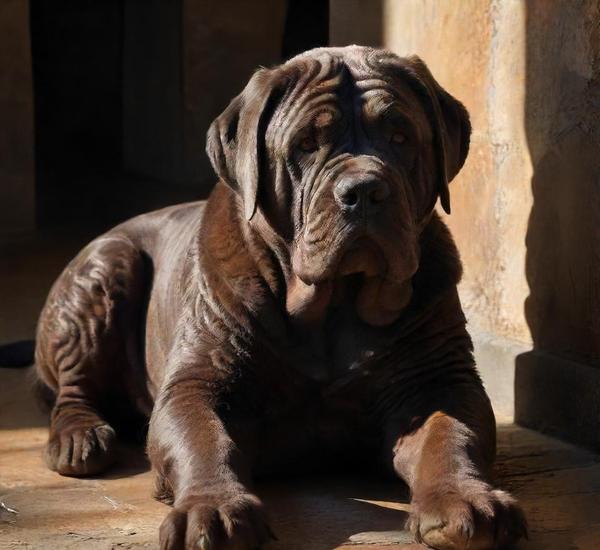
The Neapolitan Mastiff, with its imposing presence and unique appearance, is a breed that captures both awe and admiration. Known for its massive size, deeply …
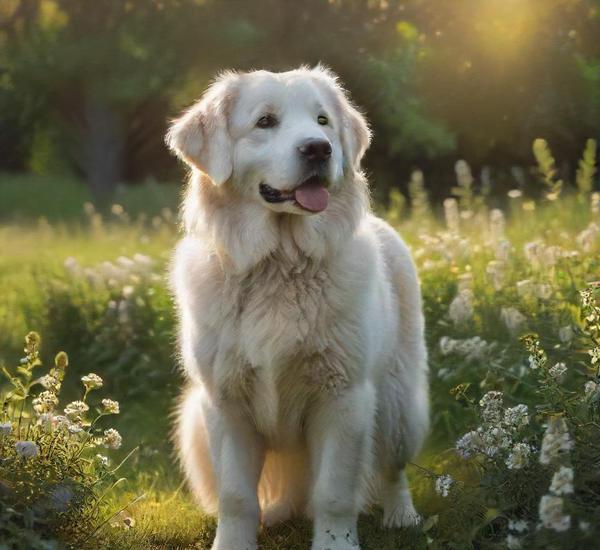
The Kuvasz is a majestic and ancient breed, known for its striking white coat and regal bearing. Originally bred as a livestock guardian in Hungary, …

The Old Danish Pointer, a distinguished and enduring breed with deep historical roots, is a testament to Denmark’s rich canine heritage. Known for its impressive …

The Manchester Terrier, a breed with a rich history and distinct personality, is a favorite among dog enthusiasts for its keen intelligence and spirited nature. …